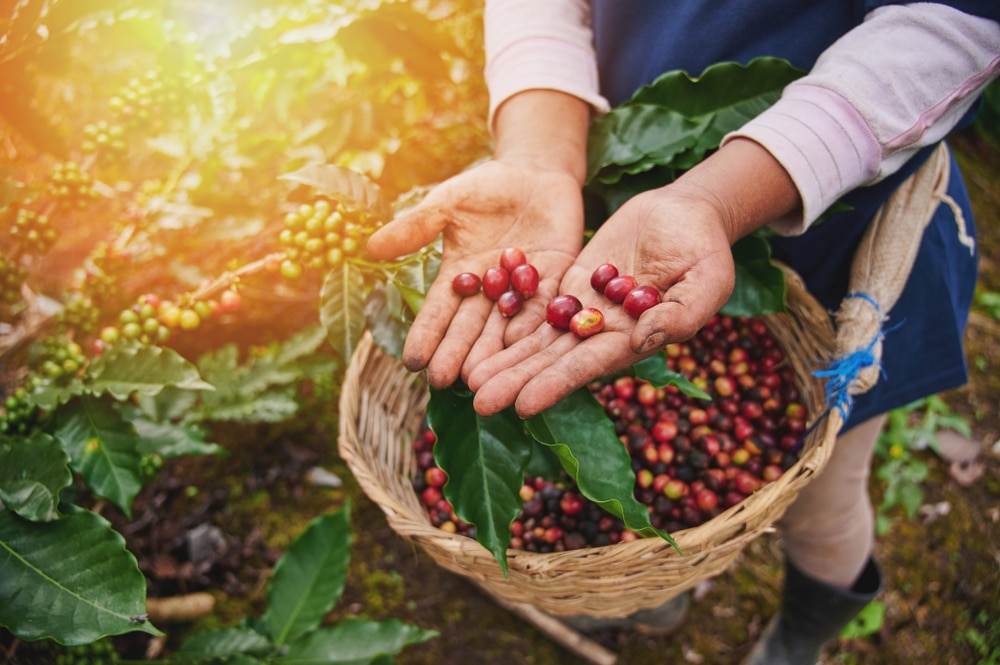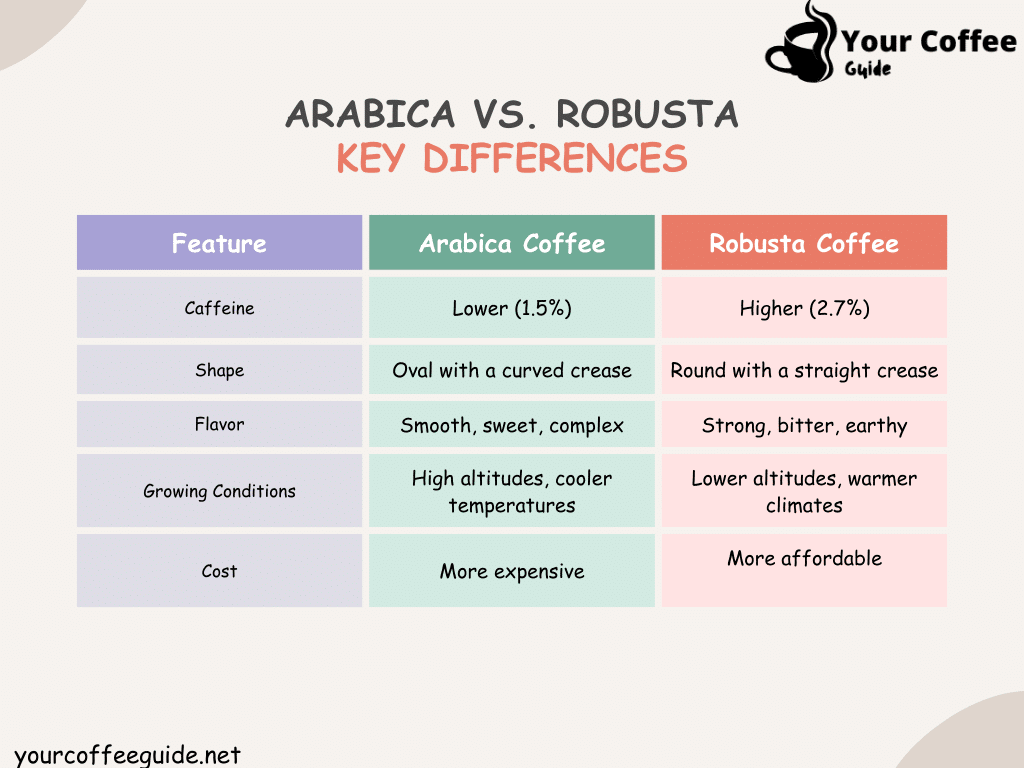If you’ve ever savored a cup of coffee with a smooth, rich flavor and a hint of sweetness, chances are it was Arabica. Loved by coffee aficionados worldwide, Arabica coffee is more than just a drink—it’s an experience. With its captivating aroma, nuanced taste, and reputation for quality, it has earned its place as the most popular coffee variety on the planet. But what exactly makes it so special? From its origins in high-altitude farms to the meticulous care it requires, Arabica is a story worth brewing. Let’s dive into everything you need to know about this beloved bean and why it should be in your next cup.
Arabica Coffee
Arabica coffee, scientifically named Coffea arabica, has a fascinating history that dates back centuries. It is believed to have originated in the highlands of Ethiopia, where coffee was first discovered. According to legend, a goat herder named Kaldi noticed his goats becoming unusually energetic after eating red berries from a certain tree. These berries were later identified as coffee cherries, and the beverage we know today began its journey. It was later cultivated in Yemen, where it became a vital part of the Islamic world. It spread along trade routes to the Middle East, Europe, and beyond, earning its name from the Arabian Peninsula, a hub for early coffee trading.
What Makes Arabica Coffee Special?

Arabica stands out for several reasons:
Flavor Profile
Arabica is celebrated for its smooth, slightly acidic flavor, with hints of fruit, nuts, chocolate, or even floral undertones. Moreover, it has a balanced sweetness that appeals to coffee aficionados.
Aroma
Arabica beans have a distinct aromatic quality, often described as having a sweet, floral, or fruity scent.
Caffeine Content
Arabica contains less caffeine compared to other coffee varieties like Robusta, making it milder and less bitter.
Bean Shape
Arabica beans are oval-shaped with a curved crease and a vibrant green color when unroasted. They are larger and more elongated than Robusta beans, which are smaller and rounder.
Acidity
Arabica has higher acidity, a trait that enhances its flavor complexity. This acidity is often described as bright or vibrant and can vary depending on the region where it’s grown.
Growing Conditions for Arabica Coffee
Arabica is more challenging to cultivate than Robusta due to its specific growing requirements. The plant is delicate and highly susceptible to pests, diseases, and environmental changes. Here are the ideal conditions for Arabica cultivation:
Altitude
Arabica coffee thrives at altitudes between 2,000 and 6,000 feet above sea level. Therefore, higher altitudes contribute to slower bean maturation, enhancing flavor complexity.
Temperature
The optimal temperature for Arabica coffee growth is between 60°F and 70°F (15°C to 24°C). Extreme temperatures can damage the plants.
Rainfall
Consistent rainfall is essential, with an annual requirement of 40–60 inches.
Soil
Rich, well-drained soil with high organic matter content is ideal for growing Arabica coffee.
Where Is Arabica Coffee Grown?

Arabica coffee is grown in tropical regions around the world, thriving in high-altitude areas with cooler temperatures. The “coffee belt,” which includes countries between the Tropics of Cancer and Capricorn, is home to the best-growing regions. Moreover, it is grown in countries in Central and South America, Africa, Asia, and parts of the Pacific. Brazil, Colombia, Ethiopia, and Guatemala are some of the top producers. Because of these requirements, it is primarily grown in mountainous regions, often by smallholder farmers who take great care in cultivation and harvesting.
How to Brew Arabica Coffee

Follow these brewing tips to get the most out of your brew:
- Use freshly roasted Arabica beans for maximum flavor.
- Select the right grind size based on your brewing method (e.g., coarse for French press, fine for espresso).
- It shines in pour-over, French press, and espresso methods, which highlight its flavor complexity.
- Also, use filtered water heated to around 195°F-205°F for optimal extraction.
Types of Arabica Coffee
Several subvarieties of Arabica that contribute to its diverse flavors are:
Typica
Known for its clean and sweet flavor, Typica is a foundational variety.
Bourbon
Offers a rich, chocolatey, and fruity taste.
SL28 & SL34
Popular in Africa, these beans are loved for their bright acidity and citrusy notes.
Geisha
A rare and sought-after variety with floral and jasmine-like flavors.
If you’re a coffee lover who craves that rich, bold flavor but finds yourself battling a sensitive stomach or dreaded acid reflux after each sip, it’s time to discover the world of low-acid coffee.
Health Benefits of Arabica
Arabica is the go-to choice for those who value quality, flavor, and a superior coffee experience. Its refined taste, diverse flavor notes, and versatility make it ideal for both casual drinkers and coffee enthusiasts. In addition to its delightful taste, it offers several health benefits:
Rich in Antioxidants
It contains chlorogenic acids that help combat oxidative stress.
Boosts Energy
Though it has less caffeine than Robusta, it still provides a gentle energy lift.
Improves Mood
Coffee consumption is linked to improved mood and cognitive function.
Arabica vs. Robusta Coffee
While Arabica dominates the market, Robusta has its own merits. Understanding the differences can help you appreciate why Arabica is considered superior:

Conclusion
Arabica coffee is not just a beverage; it’s an experience. Whether you savor it black, as a latte, or in a pour-over, Arabica’s nuanced flavors and aromatic charm make every cup a delight. Next time you reach for coffee, consider choosing Arabica for a truly exceptional brew. Arabica stands as the gold standard in the coffee world, celebrated for its exceptional flavor, rich history, and meticulous cultivation. From the Ethiopian highlands to your cup, each sip tells a story of craftsmanship and dedication.



